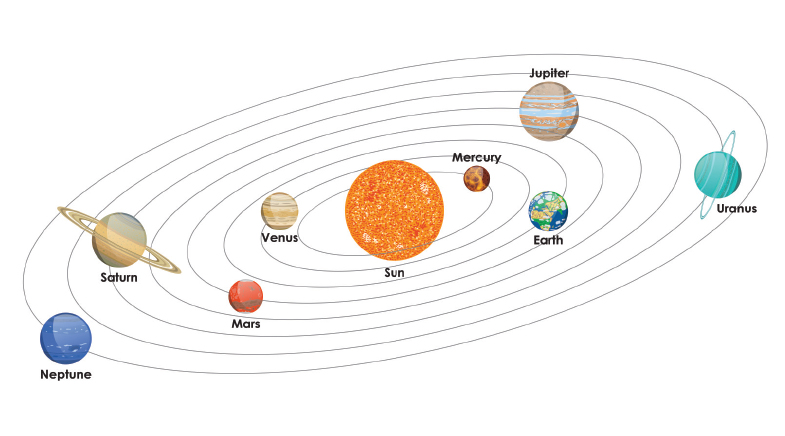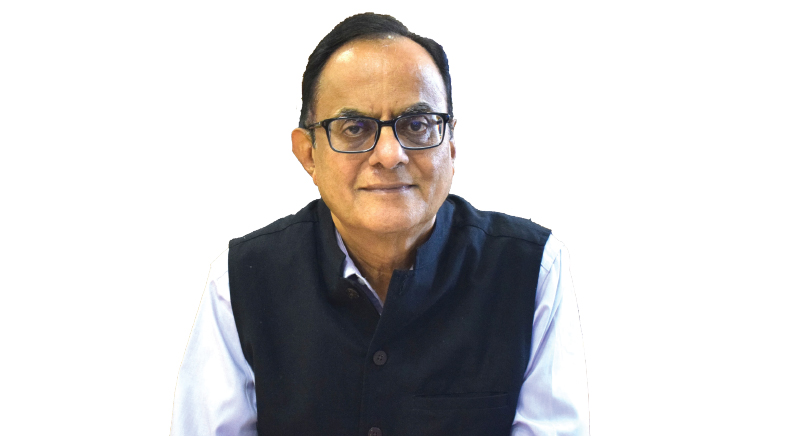Sky full of stars
-
- from Shaastra :: vol 04 issue 07 :: Aug 2025

Tycho Brahe spotted celestial bodies before the advent of telescopes.
Walking home from his laboratory on the evening of November 11, 1572, Tycho Brahe looked up at the clear sky and spotted a new and unusual star. It was so bright that it stayed visible even during the day. Brahe didn't know it, but he had just witnessed one of only eight supernovae ever seen with the naked eye.

For the next 18 months, Brahe tracked the supernova closely until it faded away, using astronomical instruments he had designed himself. He noticed that its position in the sky didn't change over time, leading him to conclude that it must be quite far away from the Earth. His observations upended the widely prevalent Aristotelian view that no stars or celestial events existed in the vast space beyond the Moon.
Born in an aristocratic family, Brahe was kidnapped as a child by his uncle, who later raised him. At 14, he caught the astronomy bug after witnessing a solar eclipse. His meticulous astronomical observations — made at a time when telescopes were still to be invented — catapulted him to fame across Europe.
PARTY ANIMAL
Brahe was a hard drinker who once got his nose cut off in a drunken duel with a cousin. At Hven, he threw extravagant feasts which often featured a supposedly psychic dwarf. He even had a pet elk that fell down the stairs one night after being given beer to drink and died. Brahe's own death was also related to drinking — he apparently drank too much at a party but refused to go to the bathroom out of politeness and died a few days later.

In 1575, when he was contemplating moving to Switzerland, the Danish king offered him a 200-acre island called Hven and provided funds to build an observatory. In addition to a large villa with roof panels that opened to the skies, he also built an underground lab — possibly for secretive alchemy experiments (bit.ly/Brahe-Secret). The observatory became home to several of his inventions, including astronomical clocks and sextants, as well as a massive wooden globe covered with brass plates, on which he etched the locations of nearly 1,000 stars.
In 1577, Brahe spotted another unusual object — a comet with a long tail pointing away from the Sun. He meticulously tracked its path, noted its size and tail length, and calculated its distance from the Earth. His observations helped debunk another Aristotelian belief that planets and stars were fixed within solid, transparent spheres. This could not be true since the comet seemed to be moving through space between planets where these spheres were supposed to be.
SUSPICIOUS DEATH
Brahe's death remained a mystery for centuries. In 1901, scientists exhumed his body found mercury in the remains, hinting at poisoning. The key suspects were his assistant Johannes Kepler (pictured), who might have been jealous, or someone ordered by King Christian IV, who suspected that the astronomer had had an affair with his mother. But later analysis showed that a bladder or kidney condition was the likely explanation.
PHOTO: WIKICOMMONS

Based on his observations of the supernova and the comet, Brahe proposed a hybrid model of the universe that combined elements of the geocentric and heliocentric models. He correctly suggested that the other planets revolved around the Sun, but incorrectly kept the Earth at the centre of the universe. Telescopic observations later disproved the theory, while providing strong support for the heliocentric model.
When the Danish king died, Brahe fell out of favour with his son and left for Prague, where he built another observatory and served as the Imperial Mathematician. In the last year of his life, he took a young Johannes Kepler under his wing and encouraged him to resolve the confounding problem of Mars's circular orbit, which didn't fit the data then. After Brahe died in 1601, Kepler used his mentor's rich trove of data to figure out that planets move in elliptical, not circular, orbits. This helped him formulate the famous laws of planetary motion, cementing his own place in history.
ALSO READ
What a celestial explosion will reveal about the universe
Ranjini Raghunath is a Bengaluru-based science writer and editor.
Have a
story idea?
Tell us.
Do you have a recent research paper or an idea for a science/technology-themed article that you'd like to tell us about?
GET IN TOUCH














